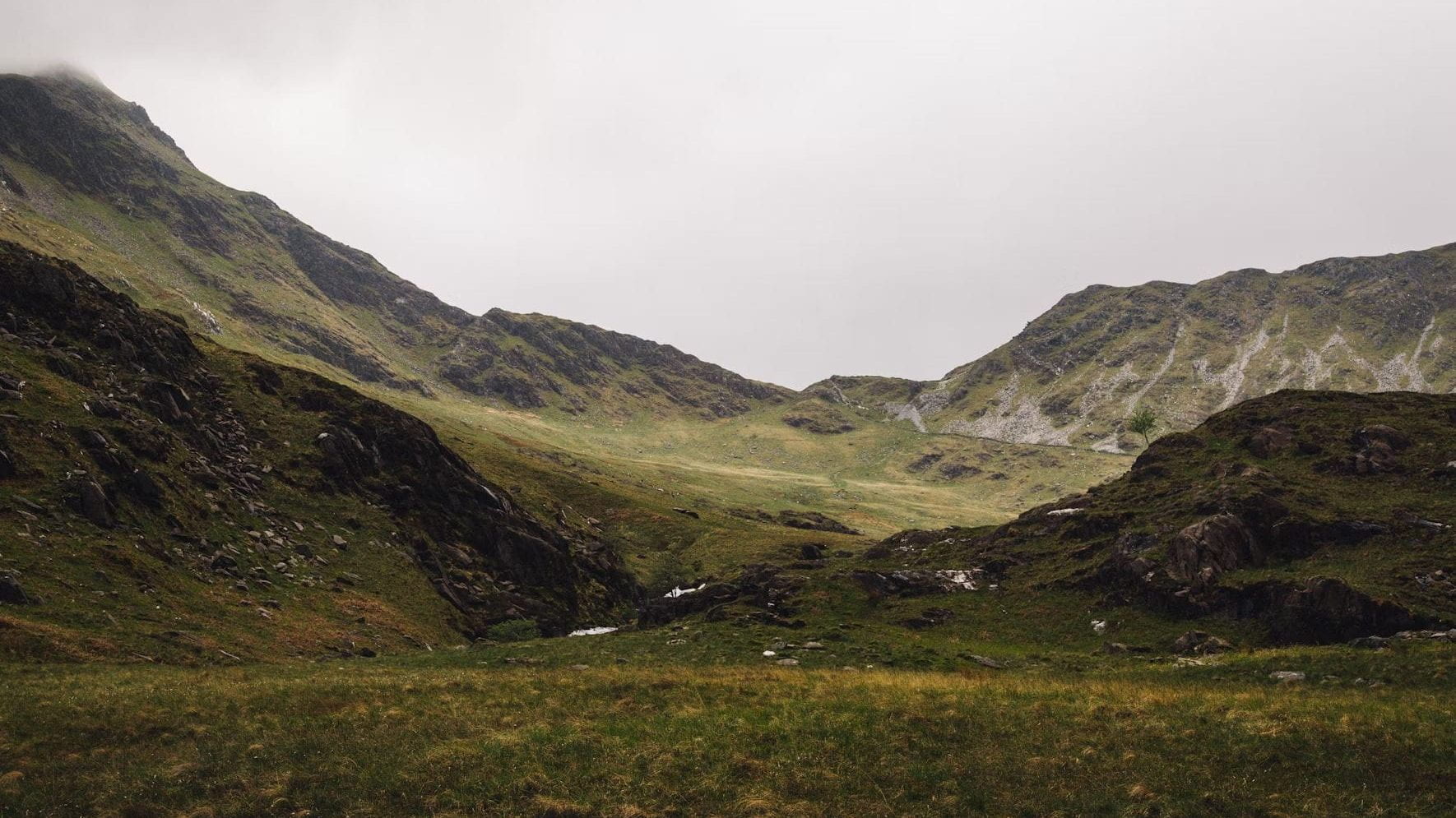Guest post by Jordan Adshead

Life, it seems, is getting louder all the time. According to one estimate, an astounding 15% of all human experience belongs to those of us alive today. That means that an awesome and unprecedented concentration of human life is focused on this specific moment. The world is busier than ever and it’s hard if not impossible to keep up with everything that happens. Following the news, no sooner has one crisis claimed our attention than another clamours to take its place. We hardly know where to look.
But it’s not just that there are lots of people around. We are increasingly living closer and closer together, too. A growing share of human beings today live in cities, with 56% of the global population now living in urban environments. Such spaces are dense hives of stimuli. Taking a walk through a busy high street, we are immersed in a discordant symphony of neon signs, advertisements, the buzz of a thousand conversations, cars and trucks, sirens, the sweet smell of fried doughnuts and the pungent reek of dumpsters. And everywhere something to do, somewhere to eat, something to buy. Wherever we turn someone or something wants our already saturated attention.
This kind of experience can be stimulating, intoxicating, and – let’s be honest – even kind of fun. There is a buzz about the city which we can’t find anywhere else. It feels alive and, in it, we feel alive too. But it is likewise possible to lose ourselves in the noise, to grow numb and fatigued with it. As our skin grows calloused by the repeated action of touch, our minds grow calloused by the repeated action of stimuli.
Encircled by the summons of a busy world, it can be tempting to think of silence as dead or idle time, time when we could be doing something productive. But silence can itself be productive in its own fashion. Ten years ago, I attended a meditation class headed by the Buddhist monk Ajahn Khemadhammo. The session took place at 6pm, after a long day of work. We were to sit for a few minutes in silence and focus only on our breath. Simple enough, right? Well. At the end of this fitful and restless endeavour, Khemadhammo supposed – correctly – that we had, each of us, struggled to concentrate. Pulled hither and yon by our churning thoughts, aching backs and legs, worries about tomorrow, and the urge to get up and do something else. Our hurried minds, it felt, had a mind of their own.
Laying quietly in bed that night, I was awed watching the ebb and flow of my thoughts and feelings, rising and falling according to their own whim. Even if I willed them to stop, they still stirred. Though they were, undoubtedly, my thoughts, I could not exactly call myself their author. Thoughts come to us. But what struck me the most was that this had been going on throughout the entirety of my life, right under my nose. How could I have possibly failed to notice it? What else had I failed to recognise?
According to how we actually experience it, it is not – as Descartes had supposed – that “I” think. Nietzsche perhaps said it better when he wrote that “a thought comes when ‘it’ wants to and not when ‘I’ wish”. In this way, the mind is a little bit like a garden. We are no more the author of our roses than we are our thoughts. We cannot compel a flower to grow. We can only plant the seeds, nourish them, and let nature do its thing. Just as a flower needs soil, sunlight, and water, understanding needs silence in order to bloom. Without affording ourselves the opportunity to experience silence in our lives, it is entirely possible that we will look right through it.
Author Bio
Jordan Adshead is an AHRC-funded PhD student at Durham University, presently working
on a phenomenology of apathy in the face of ecological crisis. Beginning with the premise
that apathy is a modification of situated human behaviour, he argues that we can better
understand apathy by placing it within the context of a phenomenological study of human
existence. The current aim of his research is to expose the nature and existential possibility
of apathy and to probe how apathy is articulated in and through the urban-virtual milieu of
contemporary post-industrial society.




